(My Land Rover/Virgin Galactic “Go To Space” competition entry)

I’d prepared a video, but technical glitches at the entry website led Jaguar Land Rover to extend the deadline to mid-November 2014. Now, after the SpaceShipTwo accident on 31 Oct, LandRover has suspended the contest until further notice. Sir Richard Branson rightly says: “Space is hard – but worth it. We will persevere and move forward together.”
And I’m still game to go. Here is my entry + the 90 sec draft:
The background music is a favourite, and for this video for me each pluck references the flecks of stars across the sky; as if every time the guitarist’s fingers fleck the strings a spray of diamond water droplets lays a necklace of stars across the inky black of the universe.
The spirit of adventure in less than 30 seconds!
And the 90 second draft . . .
by David Huer
Credits:
Album: “Arc” – Track 2: “Spring” (clip) Thomas Handy, Ravi Naimpally, Oliver Schroer ©2008. Thomas Handy Trio: http://thomashandy.com/ Used with permission.
Portrait: ©Mona Kayello, 2013. Used with permission. http://www.monakayello.com/
Portrait: ©Nancy Moelaert, 2009. Used with permission. One of BC caving’s leading lights – her courage is boundless!
Images #1, 2, & 4: ©David Huer 2008-2014.
Creative Commons permissions:
Aurochs in a cave painting in Lascaux, France. Photo by Prof saxx ©2006. CC-SA3.0. http://en.wikipedia.org/wiki/Aurochs#mediaviewer/File:Lascaux_painting.jpg
Re-entry of Progress Spacecraft 42P. NASA Earth Observatory ©2011. Public Domain. Modified aspect ratio. CC2.0. http://eoimages.gsfc.nasa.gov/
Milky Way over Black Rock Desert, Nevada. Photo by Steve Jurvetson ©2007. CC2.0. http://commons.wikimedia.org/wiki/File:Milky_Way_Night_Sky_Black_Rock_Desert_Nevada.jpg




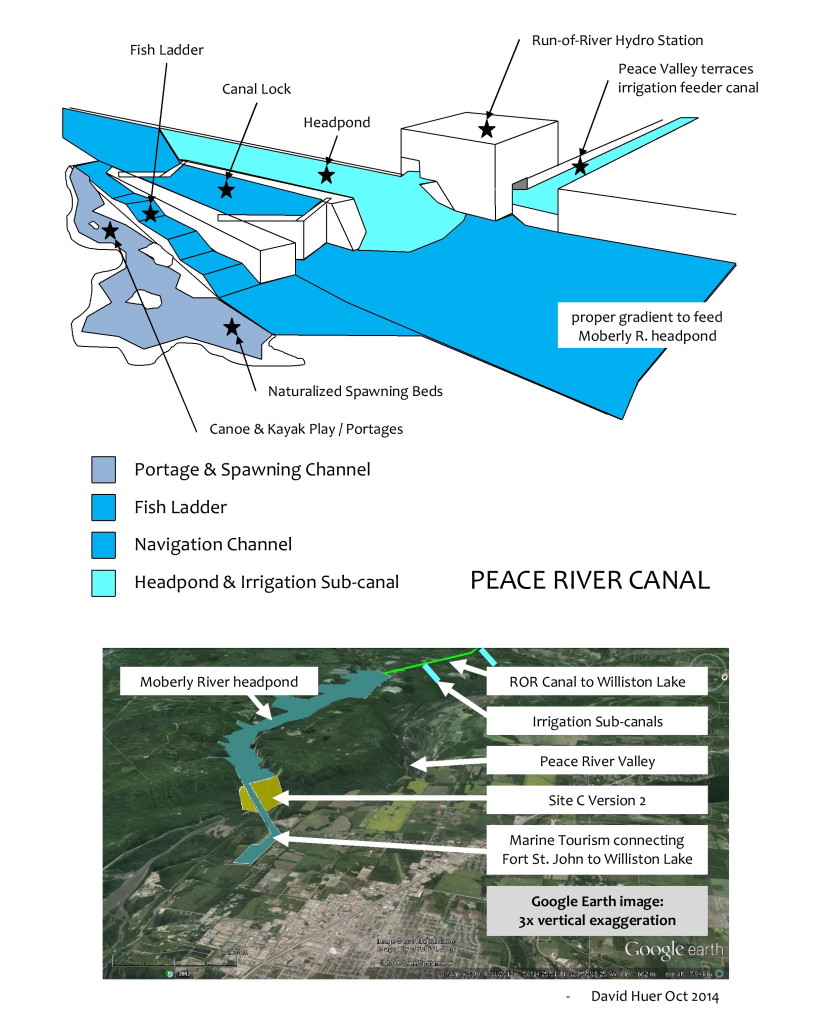
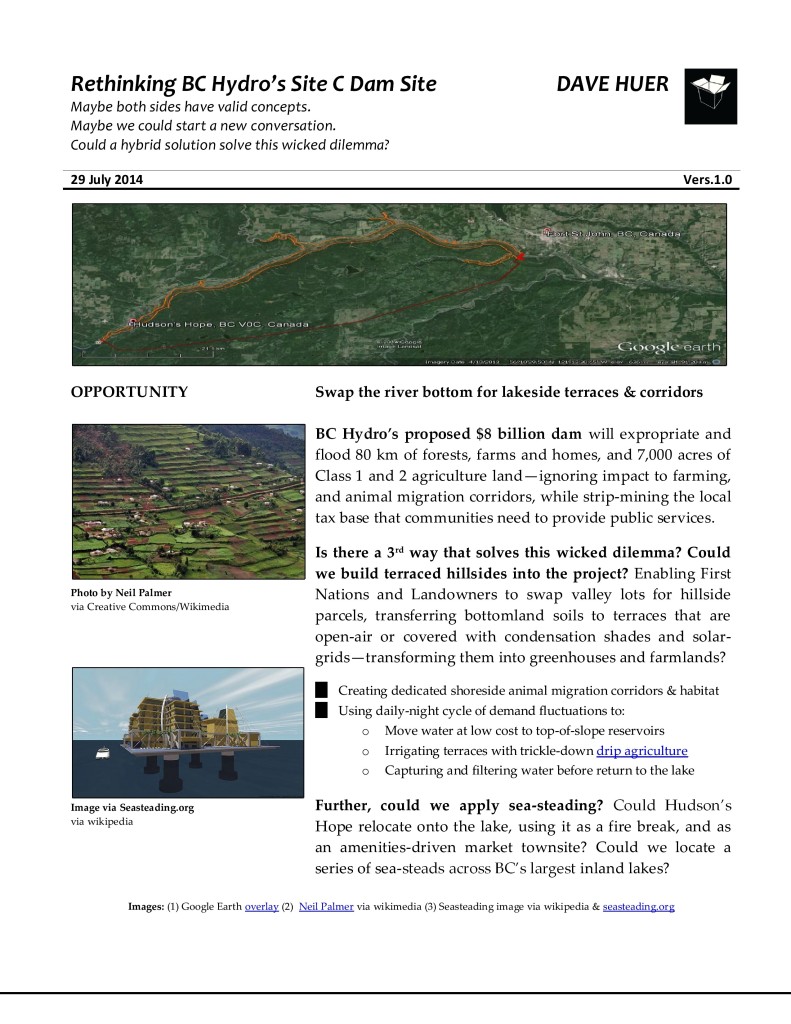


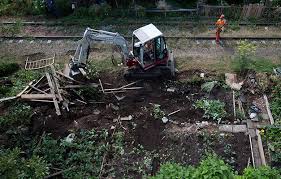
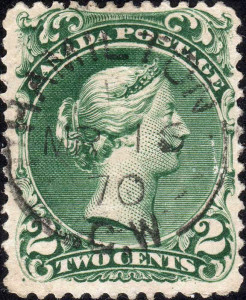 But there may be a neat twist; a relatively simple way to resolve the impasse, so both parties win.
But there may be a neat twist; a relatively simple way to resolve the impasse, so both parties win. 
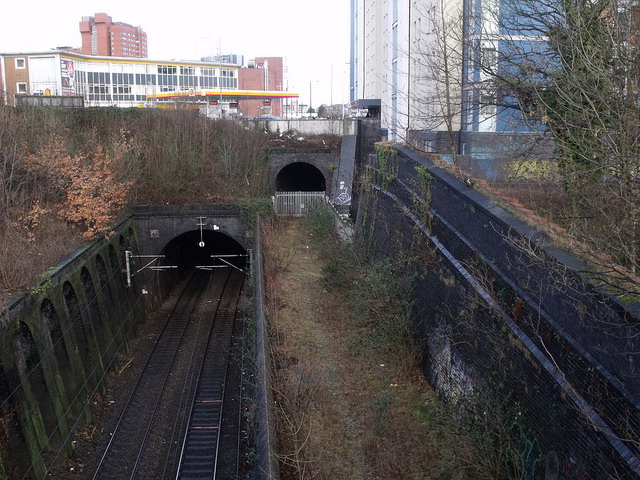 Will this spark a run on disused urban railway lines, I wonder?
Will this spark a run on disused urban railway lines, I wonder?